Disclaimer: This blog post contains affiliate links. If you make a purchase through these links, I may earn a small commission at no additional cost to you. Learn More. Thank you for supporting our garden community.
How to Start a 5 Gallon Bucket Garden for Beginners
Container gardening is an excellent way to grow fresh vegetables, especially if you’re short on space or have poor soil. A 5 gallon bucket garden is one of the most cost-effective ways to produce a variety of crops right on your patio, balcony, or backyard. This guide will walk you through everything you need to know to grow healthy vegetables in buckets.
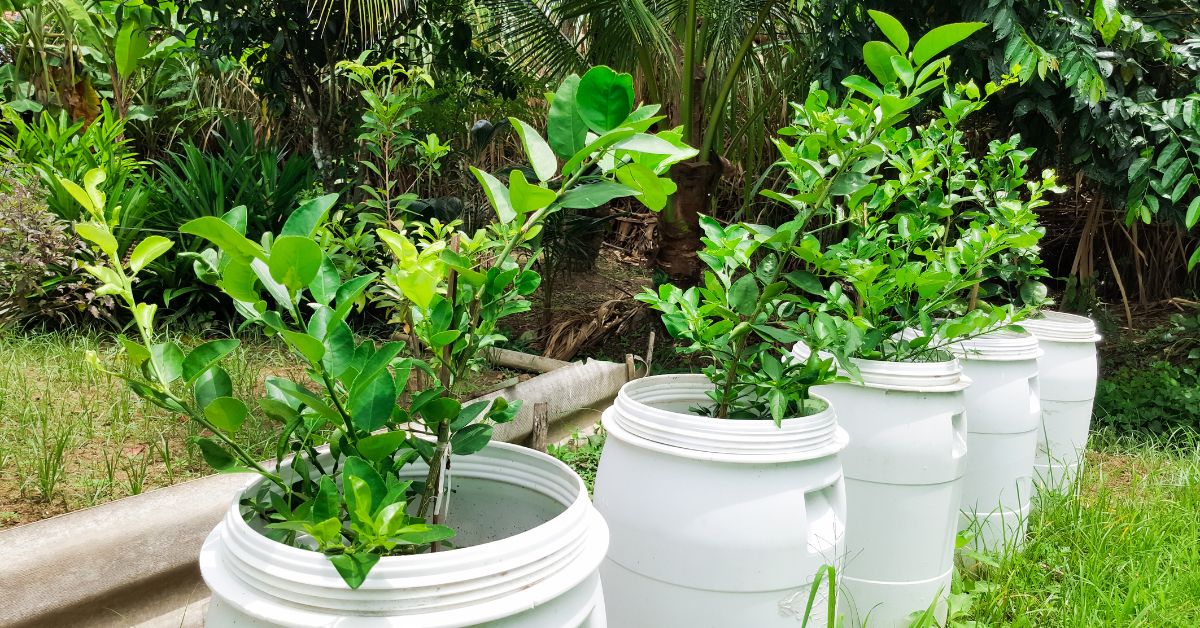
How to Make a 5 Gallon Bucket Garden
I have been using 5 gallon buckets in my garden since I first started, and there’s a reason for that.
When my grandparents used to make wine, they would get the concentrate in 5 gallon buckets. Now obviously, you can’t throw anything out because you might need it in 10 years.
And I’m actually glad they didn’t do that! Because now I have so many extra 5 gallon buckets for growing tons of vegetables in my backyard.
So today I’ll tell you all the tips that I’ve used to grow an amazing 5 gallon bucket garden.
Products:
To buy high-quality garden seeds, check out Burpee.
For a wide selection of perennial garden plants, check out Nature Hills Nursery.
For gardening equipment, check out Bootstrap Farmer.
Why Use 5 Gallon Buckets for Growing Vegetables?
A 5 gallon bucket is an ideal container for growing vegetables for a few main reasons:
- They’re Affordable and Available: You can basically find them at any big box store or small nursery. And they don’t cost that much, especially for the quality.
- Portability: Since they are not stationary, you can move the buckets anywhere you want in your garden. You can have them on your patio or balcony, and you can move them with the sun for better exposure on your plants.
- Good Root Space: Because they are more vertical then horizontal, they accommodate both shallow and deep-rooted plants. Things like tomatoes, potatoes, carrots, and leafy greens will grow in a 5 gallon bucket.
- Durable and Reusable: When you treat them with care, they can really last a lifetime. They are very strong and durable and won’t give to extreme weather conditions. They even survive the hard frosts I get in my area.
These are the reasons I like to use 5 gallon buckets in my vegetable garden. Other containers work well too, but it’s rare that they check all these boxes.
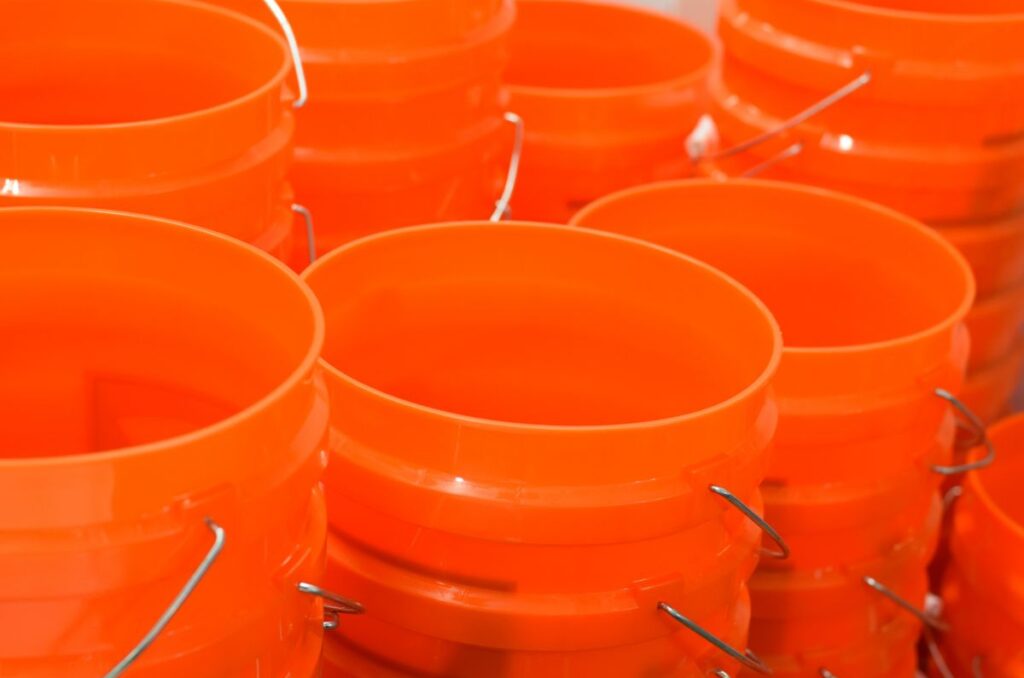
Choose the Right Buckets
Not all 5 gallon buckets were created equal. We need to use only the ones that are food-grade. This means that the food grown or put in it can be eaten.
If it is not food-grade, then it may leach certain toxic chemicals into the soil, which will go into your plants, and then into the food.
Check the bottom of the bucket to see if it has the food-grade label.
If you’re using old buckets and the label is worn out, then you probably shouldn’t use it, unless you know that it had a food product in it when you bought it (like my case with the wine).
And also make sure that any old buckets didn’t previously store toxic chemicals. If you are unsure, then just don’t use the bucket; you don’t want anyone to get sick.
Drilling Holes in the Buckets
5 gallon buckets don’t come with drainage holes, so we need to make them ourselves.
I like to make at least 4-6 holes on the bottom that are about 1/4 – 1/2 inch thick. Some gardeners also make holes on the side of the bucket close to the bottom, but it’s probably unnecessary.
This gives the buckets enough space to drain water out of the bottom.
If you don’t make drainage holes, then water will pile up at the bottom of the bucket and the roots will rot.
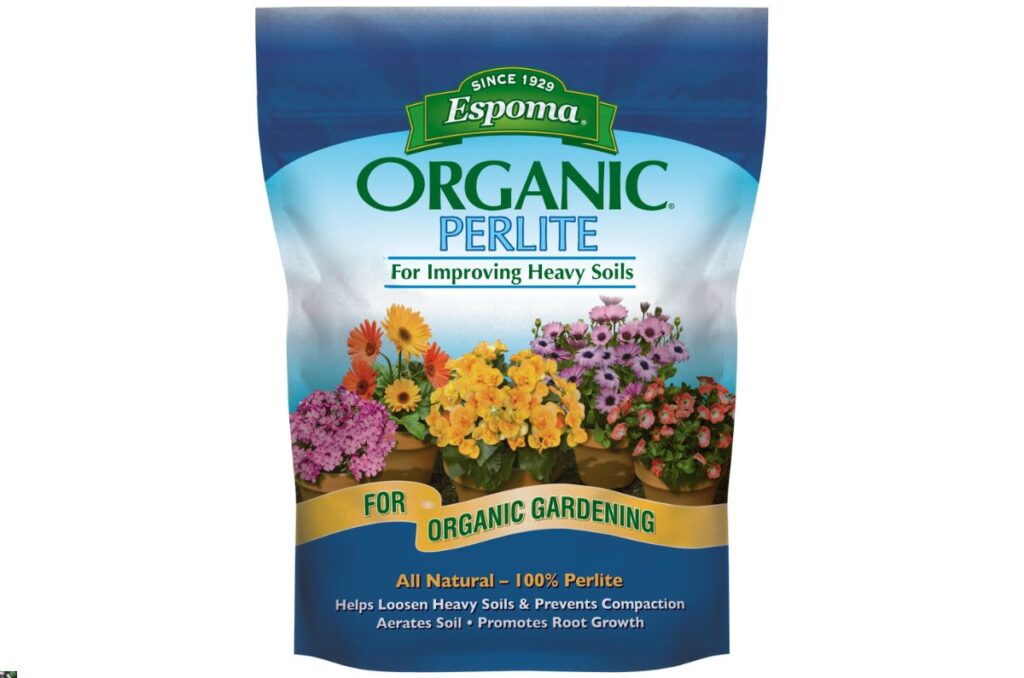
Best Soil for Your 5 Gallon Bucket Garden
Many gardeners think they should just take some of the soil from their in-ground beds and put it in their 5 gallon buckets.
But the problem with this is that soil from the garden generally has more clay in it. This means that it is very heavy and will compact easily in a container.
Instead, use a high-quality, well-draining container vegetable mix.
If you don’t want to buy new soil, you can make a substitute with your garden soil. Mix 30% compost with 70% garden soil, and add extra perlite. That’s basically it.
Compost helps with soil structure, fertility, microbiology, and moisture-retention. Perlite helps with drainage and aeration. And the native soil will be the bulk of it so it’s fairly cheap and easy.
If your native soil is particularly clay-heavy, then you should amend it first.
How Much Soil do I Need for a 5 Gallon Bucket?
You don’t need to fill the entire 5 gallon bucket with soil. This would be a waste of soil that you can use somewhere else in the garden.
I like to create a mini hugelkultur system in the buckets. This means filling up the bottom quarter of the bucket with organic matter, like grass clippings, food scraps, and cardboard.
Not only does this save some soil, but it also provides a place for beneficial organisms to break down organic matter into nutrients for your plants.
Now you can fill up the rest with your potting soil, leaving a few inches at the top for some mulch.
What Grows Best in 5 Gallon Buckets
Most vegetables will grow well in 5 gallon buckets, as long as you’re committed to watering and fertilizing them OFTEN.
The soil will dry out very quickly, especially when it’s hot. So make sure to consider this when choosing vegetables to plant.
I have planted many different vegetables in 5 gallon buckets, including carrots, radishes, leafy greens, tomatoes, cucumbers, peppers, and summer squash.
Out of all of these, the most challenging were cucumbers and squash; they just need so much water and nutrients that it’s hard to keep up. Sometimes you have to water multiple times per day!
My favourite things to grow are tomatoes and peppers. I think a 5 gallon bucket is perfect for growing these crops, especially considering the amount of space the roots take up.
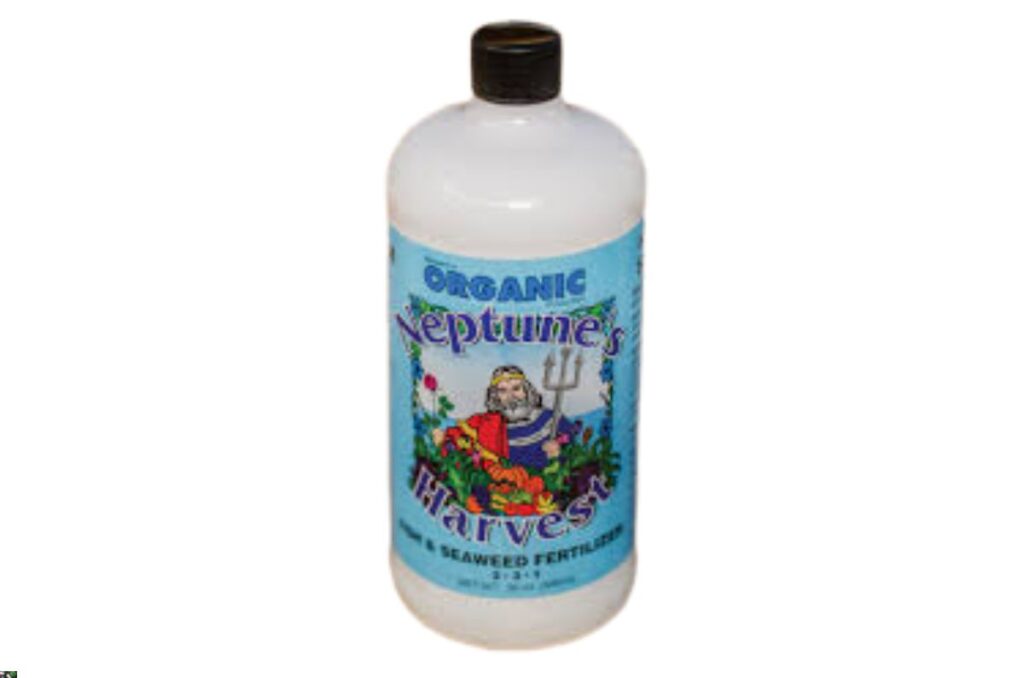
Watering and Fertilizing
Like I said, your 5 gallon bucket garden is going to need to be watered and fertilized a lot during the summer.
Water will evaporate very quickly when it gets hot, so it’s important to keep up.
I like to fertilize every time I water, because containers generally don’t hold onto nutrients well enough. That being said, I prefer liquid organic fertilizers for 5 gallon buckets for the same reason.
A good fish and seaweed emulsion is great for a lot of plants
How Can I Prevent Buckets from Falling Over?
If you have a few stand-alone 5 gallon buckets in your garden, they might fall over in the wind. Especially if the plants are tall, the wind will blow them over.
I like to group a bunch of buckets together in a rectangle to prevent this.
If you only have a few buckets, then you can either place them next to a wall or raised bed, or you can prop them up with a few bricks or large rocks. This will prevent them from blowing over.
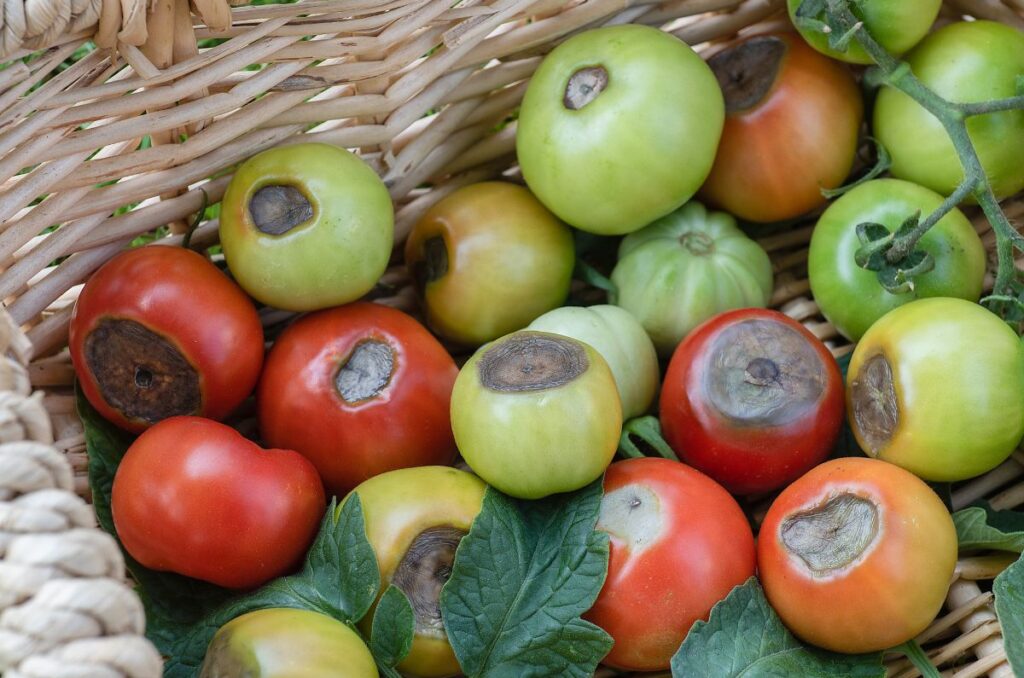
Why are My Plants Getting Blossom End Rot?
Blossom end rot (BER) is technically caused by calcium deficiency, which causes fruits on the plant to rot from the blossom end (the bottom of the fruit).
It is very common with solanaceous crops like tomatoes, peppers, and eggplant. But it can also happen with squash and zucchini. I get A LOT of it with my tomatoes.
Although it is technically a calcium deficiency, it’s not because there’s no calcium in the soil. It’s caused by uneven watering, which we know is common with 5 gallon buckets.
This is because when plants don’t have enough water, they have trouble absorbing calcium, which is a water-soluble mineral. Therefore, they get BER.
So instead of adding a bunch of calcium to your soil when you see one fruit with BER, just make sure to water your buckets regularly.
Frequently Asked Questions
As long as you’re using food-grade buckets, then you don’t need to line the buckets with anything.
It depends on the plant. For larger plants like tomatoes and peppers, one plant per bucket is enough. But for root crops and leafy greens, put as many as can fit with proper spacing.
If you know that you won’t be able to keep up with watering, then making self-watering 5 gallon buckets is a great idea. You can do this by placing the bucket with drainage holes into another bucket without drainage holes. Then you fill up the bottom bucket with water and it will wick up.
A high-quality 5 gallon bucket can last for 5-10 years. In colder climates, they might crack in the winter, but if you store them inside your shed or garage then they probably won’t.
Even More Gardening Ideas
Here are a few more posts to get the ball rolling in your garden!
- How to Grow Carrots from Seed to Harvest
- How to Get Rid of Aphids Naturally
- Fix These 11 Common Seedling Problems
If you liked this article, make sure to share it with your friends and family members who are also looking to sharpen their gardening skills. Also, consider signing up for our email newsletter; don’t worry, we won’t send you spam, just fresh gardening ideas every week!
If you want to learn more about vegetable gardening, check out The Real Gardener on Facebook, YouTube, and Pinterest.
Pin this post for later:
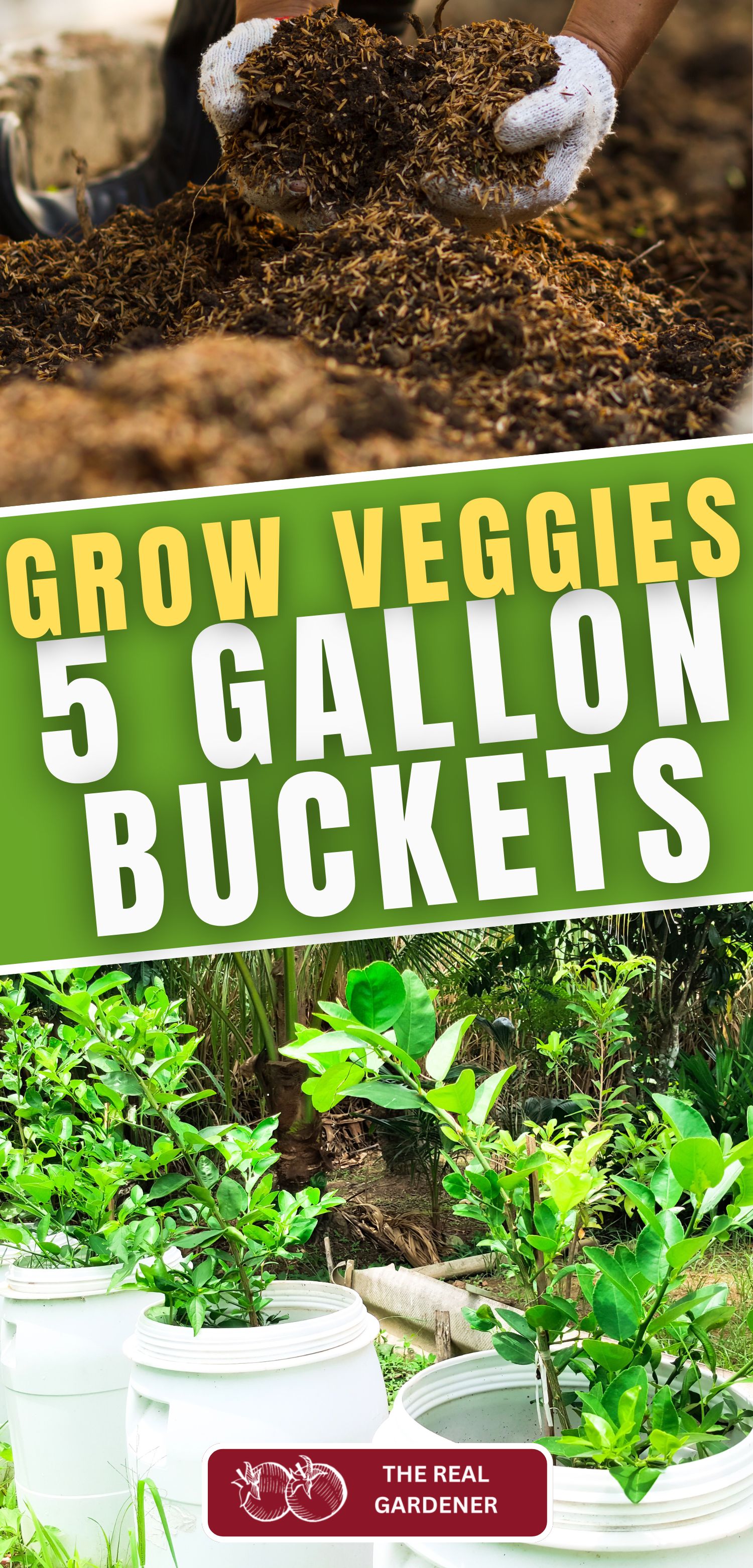
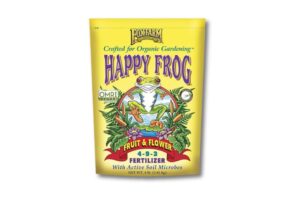
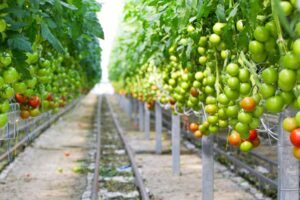
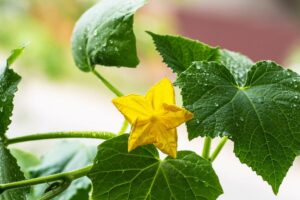

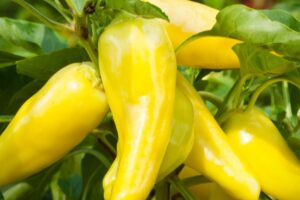
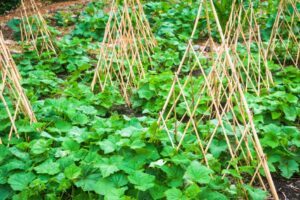
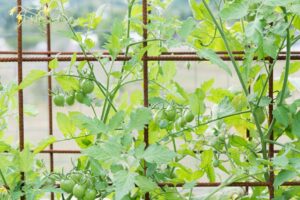
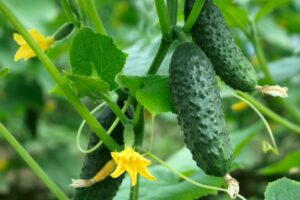
I’m going to use your idea. Last year all the critters in the world saw my garden starting and it never had a chance to grow, they ate it as it came up. So going with your idea.
BUT- How do I make holes in the buckets. I don’t have a drill and besides that, I’m 82 and probably too heavy for me to lift and or use. So, whats a good way to make holes in these buckets? Thanks.
Hi Sandy!
A good way to do it is with a really hot screwdriver. Get a long screwdriver with a handle, heat up the tip over your stove, and apply a little bit of pressure at the bottom of the bucket. It should slide right through.
Or you can use a hammer and a thick nail. It should be pretty easy to hammer the nail through the bottom to make holes.